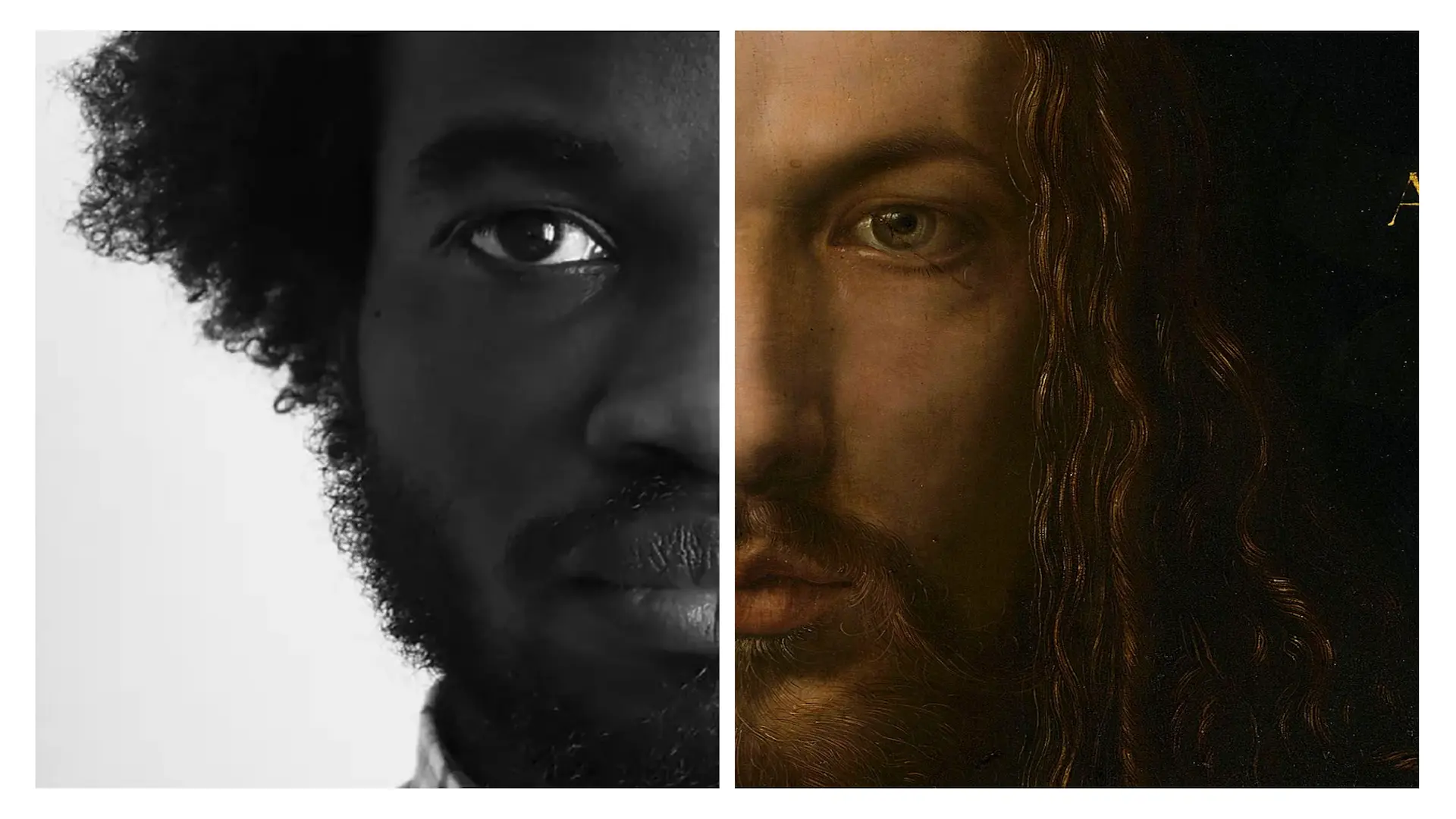Culture. From Friday at Mudec the exhibition "The voice of shadows. African presences in the art of northern Italy (16th ÷ 19th century)"
Culture. From Friday at Mudec the exhibition "The voice of shadows. African presences in the art of northern Italy (16th ÷ 19th century)"
The free entry exhibition will remain open to the public until September 18th - Photo gallery
Milan, May 12 2022 – The Museum of Cultures of Milan opens to the public starting tomorrow the anthropological exhibition "The voice of shadows. African presences in the art of northern Italy", one of the first exhibitions in Italy on the topic.
The exhibition, curated by the Mudec scientific staff, investigates the ways of artistic representation of men and women originating from the African continent in northern Italy between the 16th and 19th centuries, and is part of the broader research project begun with the rearrangement of the permanent collection of the museum.
The exhibition is configured as a first attempt to identify different ways of representing others, revealing the canons and clichés of this type of image and trying to restore an identity to these figures through the recovery of their human stories and the role they covered in the society of the time. Through the exhibition of works of different genres, coming from important public and private institutions, it will therefore be possible to reflect on the perception and representation of otherness, distinguishing historical characters from mythical ones, stereotypes from real people.
By combining the documentary evidence, also made up of the works themselves present in the exhibition, with the studies of the scientific committee (widely documented in the catalog published by Silvana editorial) it was possible to understand the variability of the occasions in which people of African origin arrived in northern Italy - in prevalence through the Mediterranean trade - and with purposes - mostly domestic servitude - also linked to extra-economic reasons and social prestige.
THE EXHIBITION ROUTE
The exhibition itinerary is located in the Focus Rooms of the museum and unfolds in sections, focusing on the different ways of representing black people.
The exhibition (curated by the Origoni Steiner studio) is configured through an evocative black/white chromatic dualism and minimal graphic elements, which help to underline the weight of the black figures within each work, accompanying the visitor in reading the works on display.
The exhibition opens with a document from the Archives of the Veneranda Fabbrica del Duomo, which attests to the purchase of a four-year-old black slave, Dionisio, by the noble Gaspare Ambrogio Visconti, in 1486. It is the text itself, with its elements intrinsic, to make the public understand how slavery, although present in the Milanese territory, was not so widespread at that time.
In the first section, "Voiceless Shadows", the presences of African origin are servants in the shadow of their lords, inserted into the works almost like an accessory. The iconographic progenitor is the "Portrait of Laura Dianti with a young servant" created by Titian, which Aegidius Sadeler II refers to for the engraving (circa 1600÷1627) of the same subject, present in the exhibition. The series enjoyed long-standing success, as evidenced by the double portrait of "Count Manara with his Ethiopian servant" (1842), chosen as the guiding image of the exhibition.
The exhibition continues with the "Legend and tradition" section, dedicated to works that document how in the visual imagination of Italian artists and clients there were figures originating from Africa, this time central in the representation, where extraordinary characters are depicted, as in case of the black magician (as in the Adoration of the Magi by Genovesino, on display) or of Giuditta's maid. They are subjects also represented in those first volumes that attempted to catalog a wide range of regional and international customs of distant peoples, such as the Æthiopissa in Enea Vico's volume "Diversarumgentium nostrae aetatis habitus" (1558), displayed in the exhibition.
"In flesh and blood" is the title of the third section, in which the works in which the black body is finally the protagonist are exhibited, as in the case of Muley Xeque (1566÷1621), Don Philip of Austria, Infante of Africa and Prince of Morocco, who converted to Christianity and therefore became a sort of symbol against the infidels, and of Andrea Aguyar, a former Uruguayan slave who followed Garibaldi to Italy and took part in the events of the Roman Republic in 1849, ennobled by his participation in the Risorgimento epic. Both are represented in the exhibition with volumes and visual archive documents.
The itinerary ends with the section curated by Theophilus Imani, an Italian visual researcher of Ghanaian origin, with the series of photographic diptychs "Echoes and chords". By juxtaposing, through a sort of visual synesthesia, details of ancient European paintings with contemporary photographic works by black authors, Imani restores meaning to classic images of the past, problematizes the stereotype and puts people back at the center.
For information on opening hours and tickets, consult the website Mudec.
Il exhibition catalogue it is published by Silvana editorial.
Subjects:
Updated: 12/05/2022

